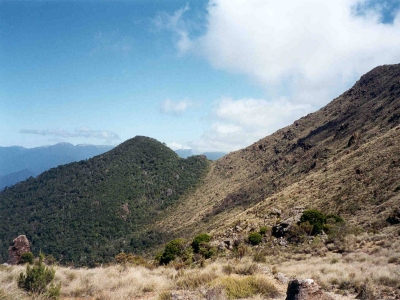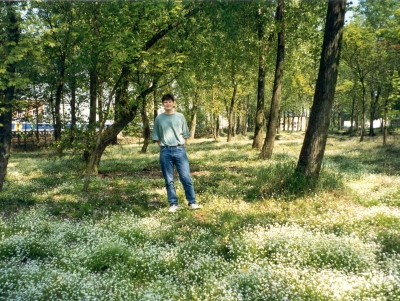Metalliferous soils
Metalliferous soils can occur naturally as in ultramafic (serpentine) or calamine soils, or they may result from human action. In both cases, the presence of Trace Elements (TE)s may be undesirable because of their potential toxicity to plant and animal life. Alternatively, the soil and/or its underlying strata may represent a potential source for the commercial extraction of these TEs
Metalliferous soils may be barren, support a characteristic flora, or be undistinguishable from non-metalliferous soils with respect to the vegetation. Plants growing on metalliferous soils have elevated concentrations of TEs in their shoots, thus providing an exposure pathway for TEs to enter the food-chain. Many hyperaccumulator plants occur exclusively on metalliferous soils
The extent and type of vegetation on metalliferous soils has important implications for the environmental risk of the site. Barren sites are prone to erosion and leaching. Metalliferous sites with vegetation that is undistinguishable from non-metalliferous sites may be inadvertently used for food production.
We investigate the plant-soil interactions on metalliferous soils with a view to finding out useful species for the phytomanagement of contaminated sites, or species that biomonitor of soil pollution. Such species provide information on soil quality that direct soil analyses do not reveal.

